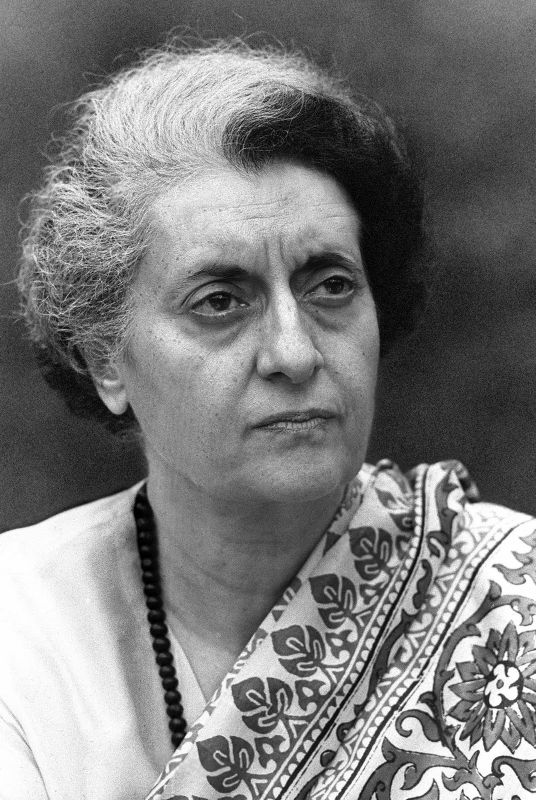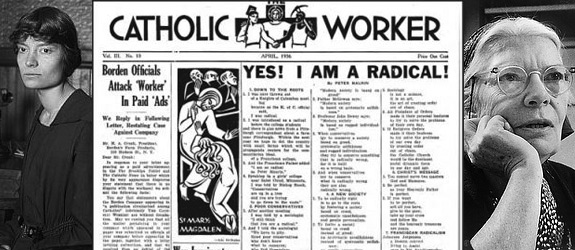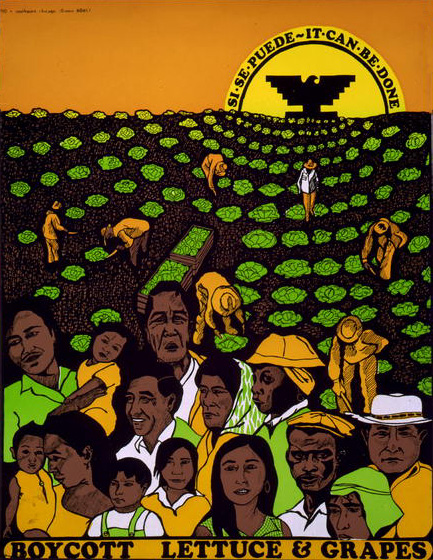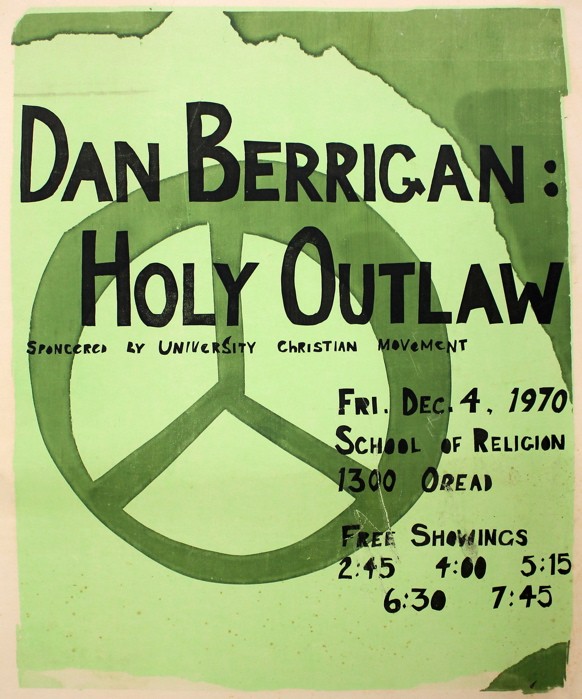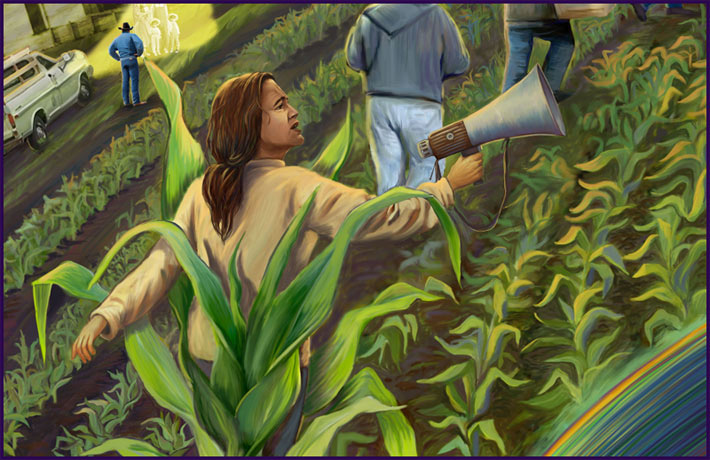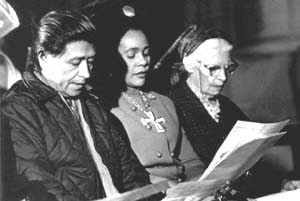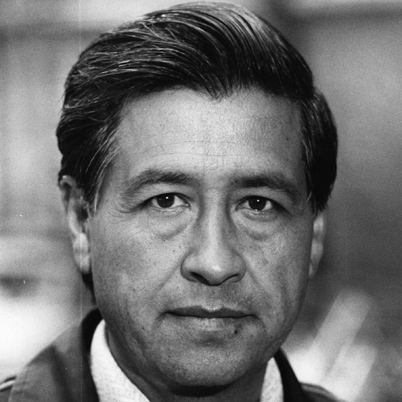Gandhian Economics for Peace
by Robert Ellsberg
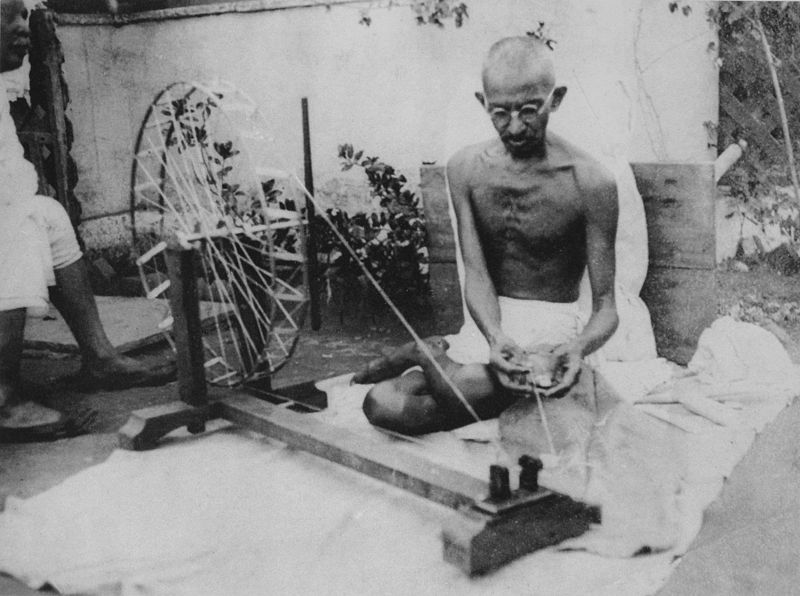
Gandhi spinning, c. 1945; photographer unknown; courtesy of wikipedia.org
“The outward freedom that we shall attain will only be in exact proportion to the inward freedom to which we have grown at a given moment. And if this is the correct view of freedom our chief energy must be concentrated upon achieving reform from within.” M. K. Gandhi
Thomas Merton observed that Gandhi’s spirit of nonviolence “sprang from an inner realization of spiritual unity in himself. The whole Gandhian concept of nonviolent action and satyagraha is incomprehensible if it is thought to be a means of achieving unity rather than as the fruit of inner unity already achieved.” Satyagraha in its sense of truth-force, or soul-force as Martin Luther King called it, could not be a means for overcoming division, unless it represented in itself the active experience of the unity of life; it could not secure a peace from without that was anything but the gift of its own being, a love rooted beneath the surface of things. For the satyagrahi each battle must first be fought in the soul—the battle against selfishness, attachment, passion. One could hardly begin the outer struggle—to wean the opponent from his or her selfishness, attachment, and passion, until the inner battle had been fought, and Truth had been victorious. The task was merely to re-enact that struggle on a larger stage. Truth never engaged in a struggle that had not already been won.


